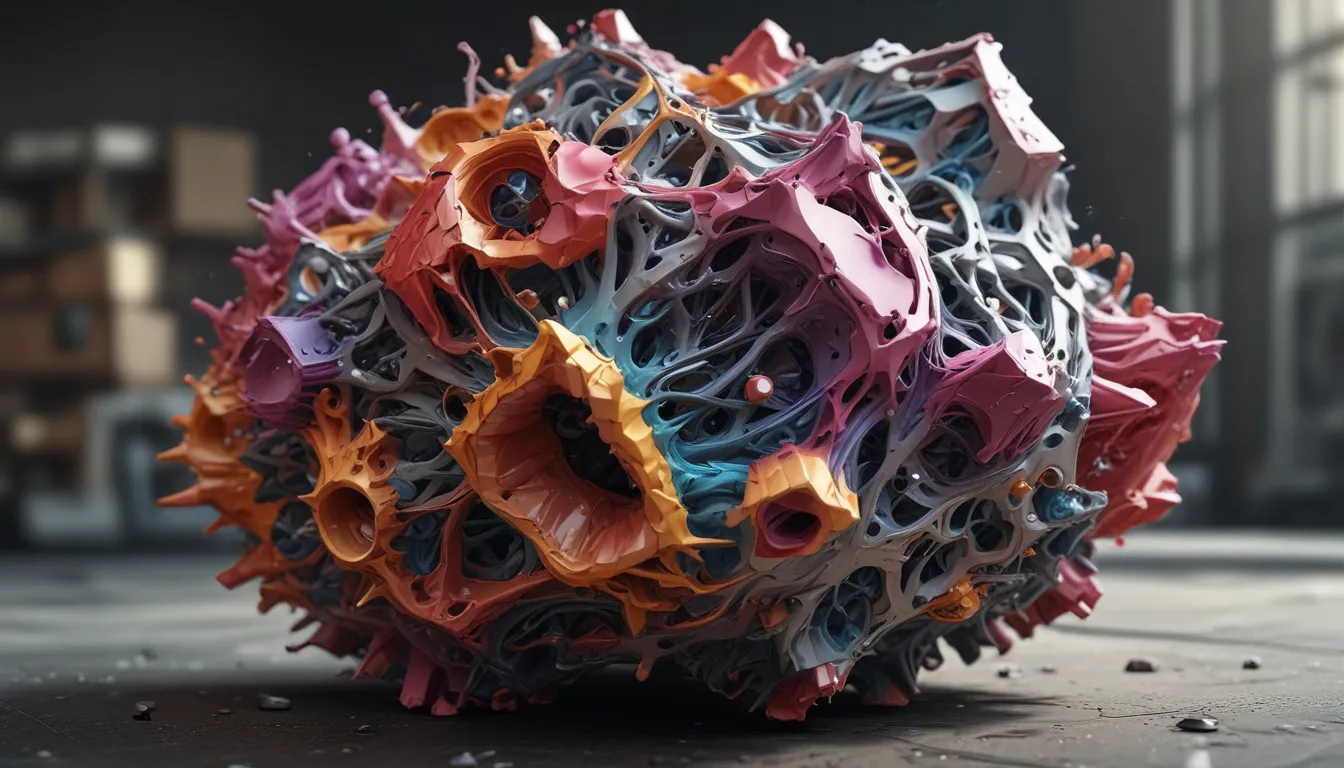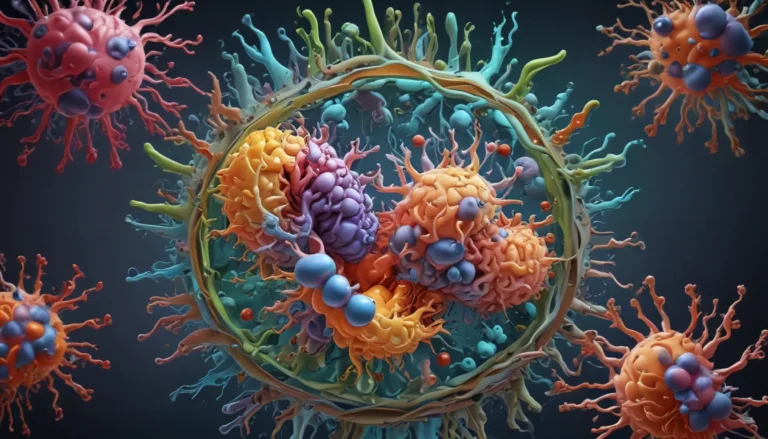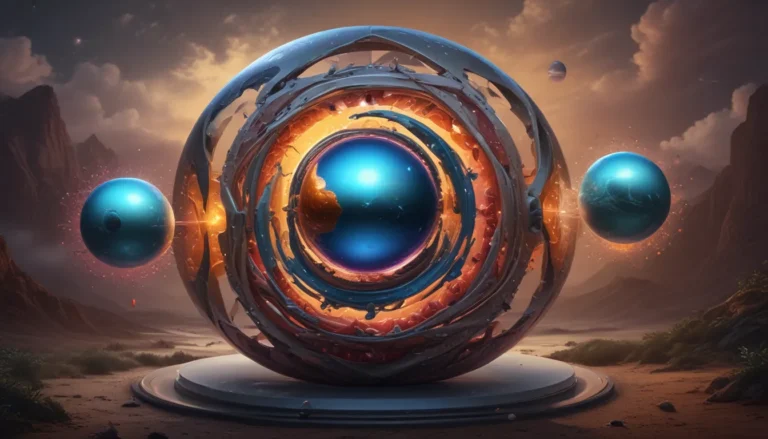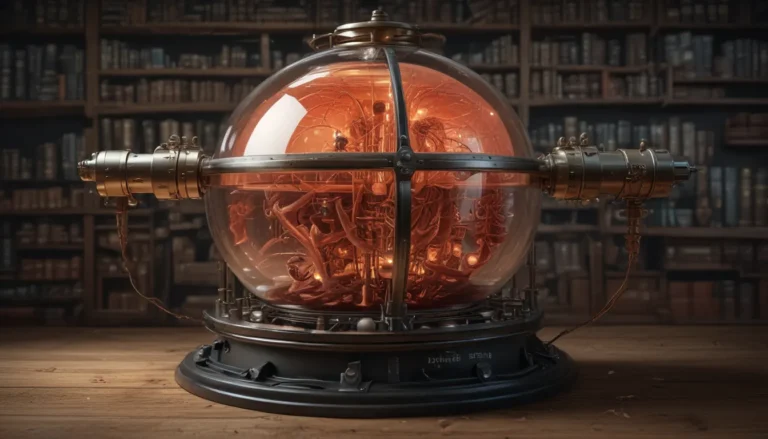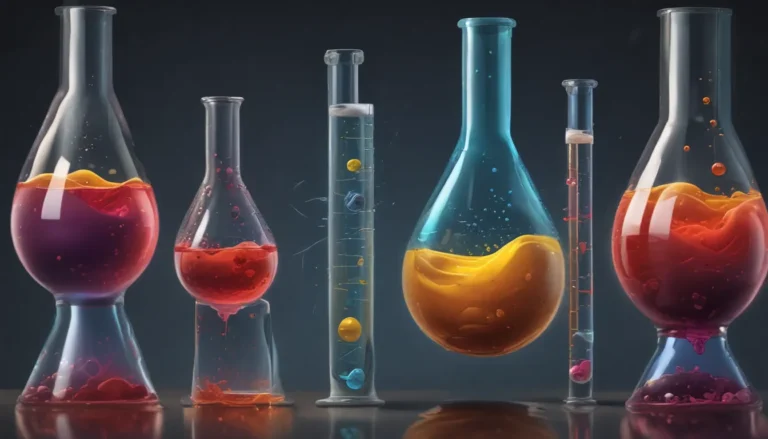A Note About Images: The images used in our articles are for illustration purposes only and may not exactly match the content. They are meant to engage readers, but the text should be relied upon for accurate information.
Materials science and crystallography are captivating fields that hold the key to unlocking the secrets of the physical world around us. Within these disciplines, the concept of dislocations, particularly edge dislocations, plays a pivotal role in understanding the mechanical properties and behavior of materials. In this article, we will embark on a journey through the intricate world of edge dislocations, uncovering eight astounding facts that shed light on their significance and properties. So, join us as we delve into this fascinating realm and explore the captivating world of edge dislocations!
Unveiling Edge Dislocations: A Closer Look
What is Edge Dislocation?
Edge dislocation is a prevalent type of crystal defect that occurs when an additional half-plane of atoms is inserted into a crystal lattice, resulting in a misalignment along a specific plane known as the slip plane. This structural anomaly creates a small deviation in the crystal lattice, impacting the material’s behavior under stress.
How Does Edge Dislocation Occur?
Edge dislocations can manifest through various processes such as plastic deformation, stress, or crystal growth. They typically arise in materials with a high degree of crystallographic ordering, such as metals and ceramics, where the insertion of an extra half-plane of atoms disrupts the lattice symmetry.
Effects of Edge Dislocation
Edge dislocations wield a significant influence on the mechanical properties of materials, affecting parameters like hardness, strength, and ductility. Understanding these effects is instrumental in the realm of materials science and engineering, enabling the creation of stronger and more flexible materials for a myriad of applications.
Interconnected Insights: Edge Dislocations in Action
Interaction with Other Dislocations
Edge dislocations can interact with different types of dislocations, including screw dislocations and other edge dislocations, leading to the formation of complex dislocation structures. These interactions play a crucial role in shaping the material’s behavior under applied stress, offering valuable insights into the material’s response to external forces.
Edge Dislocation and Plastic Deformation
The presence of edge dislocations is instrumental in plastic deformation processes, allowing materials to deform under stress through the movement of dislocations along slip planes. This facilitates plastic flow and enhances the material’s ability to withstand external forces, showcasing the dynamic interplay between edge dislocations and mechanical behavior.
Edge Dislocation Motion
Edge dislocations exhibit mobility within the crystal lattice through a process known as dislocation motion. When shear stress is applied to the material, edge dislocations can traverse along the slip plane, contributing to the material’s ability to accommodate external loads and deform in a controlled manner.
Edge Dislocation and Crystal Growth
During crystal growth, edge dislocations can arise, influencing the arrangement of atoms and the formation of defects within the crystal structure. This interplay between edge dislocations and crystal growth processes underscores the delicate balance between structural perfection and imperfection within crystalline materials.
Illuminating Insights: Studying Edge Dislocations
Studying Edge Dislocation
Researchers employ a variety of techniques such as electron microscopy, X-ray diffraction, and computer simulations to study and analyze edge dislocations. These methods offer valuable insights into the behavior and characteristics of edge dislocations, paving the way for the development of materials with enhanced mechanical properties and performance.
Concluding Remarks: Embracing the World of Edge Dislocations
Edge dislocations stand as remarkable features within the realm of materials science and solid-state physics, shaping the properties and behavior of diverse materials. From their role in plastic deformation to their impact on crystal growth processes, edge dislocations unveil a rich tapestry of insights that broaden our understanding of material science.
In conclusion, the exploration of edge dislocations illuminates the intricate interplay between structure and function in materials, offering a glimpse into the fascinating world of crystal defects and their profound implications on material behavior. By unraveling the mysteries of edge dislocations, scientists and engineers can harness this knowledge to innovate, design, and manufacture materials with tailored properties for a myriad of applications across various industries.
FAQs: Your Curiosity Answered
-
What is an edge dislocation?
- An edge dislocation is a linear defect in a crystal structure where an extra plane of atoms is inserted within the lattice, causing a localized distortion.
-
How are edge dislocations formed?
- Edge dislocations can arise during crystal growth or as a result of plastic deformation induced by external stress.
-
What is the significance of edge dislocations?
- Edge dislocations play a pivotal role in influencing the mechanical properties of materials, including their strength, ductility, and hardness.
-
How do edge dislocations affect the electrical properties of materials?
- Edge dislocations can create electron trapping sites, impacting the electrical conductivity and mobility of charge carriers in materials.
-
Can edge dislocations lead to material failure?
- Yes, edge dislocations can act as stress concentration points, potentially leading to material failure under specific conditions.
-
Can edge dislocations be observed experimentally?
- Edge dislocations can be visualized using techniques like transmission electron microscopy (TEM) and X-ray diffraction, providing valuable insights into their structure and behavior.
-
Are edge dislocations unique to certain materials?
- No, edge dislocations can be found in a wide range of materials, spanning metals, ceramics, and semiconductors, showcasing their ubiquitous presence in diverse materials.
-
Can edge dislocations be controlled or manipulated?
- Scientists and engineers can manipulate edge dislocations by adjusting the material’s composition, processing conditions, and external stress, thereby influencing its properties and behavior.
In the realm of materials science, edge dislocations represent a captivating avenue for exploration, offering a gateway to unraveling the mysteries of material behavior and structural complexity. By delving deeper into the world of edge dislocations, one can gain profound insights into the fundamental mechanisms that govern material properties and design, heralding a new era of innovation and discovery in the field of materials science.
